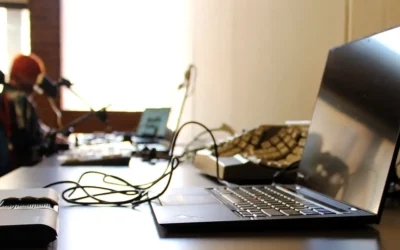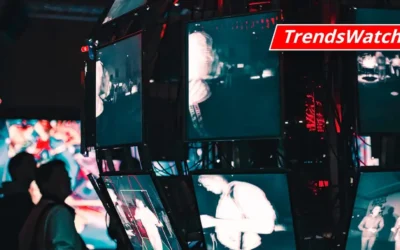Why You Need a (Better) CMS

Rachael Cristine Woody
The Role of the CMS
The origin of the CMS was the card catalog where object information was constrained by the need to fit the text on a 3×5 index card. Today, a CMS can contain so much more information such as details of provenance, description, exhibit history, and conservation work. Museum collections management software is valuable for more than just the object information it contains, it’s a powerful engine that can automate collections-based workflows and improve the accuracy of staff work. Additionally, the CMS is no longer an index card requiring in-person reference. Now most CMS options offer external online access, facilitating public use of the collection from wherever virtual visitors have an internet connection. With so many features that deliver effective collections care and management, the CMS has become significant and central to how a museum meets its mission to care for and share collection objects.
No CMS—or a Bad CMS—is a Burden to Staff
Many museums operate with limited staff and resources, which means staff must have tools that intuitively integrate with their workflow and cut down on project time. If staff are forced to rely on an outdated CMS, or if there’s no CMS at all, people will suffer from being overworked. If there’s no CMS engine to facilitate gathering collection information, project workflows, and collection use, then much of that analog labor falls on staff to complete. If staff don’t have accurate collection information at their fingertips they can’t make the right decisions for the museum collection.
Why You Need a (Better) CMS
No matter the type of museum, all museums have the responsibility to care for and manage collection objects. This universal responsibility can be undertaken without museum collections management software, but it would take a tremendous amount of staff time and energy (on a repeated basis) to do so.
Issues That Exist When There’s No (Good) CMS:
- Any object information that exists is in a non-centralized, non-standardized format
- Object information can’t be validated, automatically pulled, nor shared
- Only small or simple tasks will be possible and collection activities will be limited
- Tasks will take longer, collection data runs the risk of being lost or inaccurate, and no automation is available to support museum staff
Museums need a centralized system where staff can instantly access current collection information. A CMS fulfills this need as it can centralize a great breadth of object information captured in a standardized format. In addition to basic collection information, a CMS can accumulate information resulting from every staff action—and can generate multiple report types based on this information to further simplify collections care and management.
Here are a few examples of how a good CMS can assist in more than “just” capturing basic collection information. A good CMS can:
- Highlight items in need of treatment before the next exhibit by checking conservation reports.
- Demonstrate how often collection objects are on display, or not, by chronicling exhibition history; this can inform exhibit creation.
- Prove collection use by tracking statistics of in-person use and digital viewership. This information can be used to determine visitor traffic or demand, which can translate into how externally valued the objects are and where more resources should be allocated.
- Address legal or ethical questions that arise when evaluating poor past practices, with clearly documented object provenance.
- Decrease lost or misplaced objects by tracking items that are leaving or returning to the museum through exhibition loans or traveling exhibits.
- Support enjoyment, research, or education initiatives with tools that allow the public to create a self-curated object list, share objects on social media, or download images of their favorite objects.
Conclusion
Depending on the CMS and how well it’s been implemented, staff can leverage the automated information a CMS provides to improve care and management of the museum collection. Furthermore, information derived from the CMS can assist staff in making critical operational decisions and can influence how resources are allocated. In order for museum staff to do their jobs effectively and avoid burnout, they need a system that will support their work — not add to it.

Rachael Cristine Woody
Consultant, author, and blogger Rachael Cristine Woody advises on museum strategies, collections management and grant writing for a wide variety of clients. Learn about Lucidea’s Argus solution for museum collections management and digitization, which can be used to support a wide variety of museum strategies, increase efficiency, and engage visitors.
Similar Posts
Museum Collections Online with Accessibility Principle 2: Operable
Compliance with WCAG Version 2.1 Principle 2: Operable
Museum Collections Online with Accessibility Principle 1: Perceivable
Compliance with WCAG Version 2.1 Principle 1: Perceivable, affecting information published from museum CMS to an online portal; expert guidance
Accessibility Standards for Museum Collections Online
A museum’s compliance with the ADA Title II 2024 update has benefits for its online content and for the museum’s community of users.
Museum TrendsWatch 2024: Digital Twins and Doom Loops & Combatting the Loneliness Crisis
Digital Twins is the construction of a digital surrogate for a person, place, or thing—one of several new concepts and trends in the museum sector.




Leave a Comment
Comments are reviewed and must adhere to our comments policy.
0 Comments